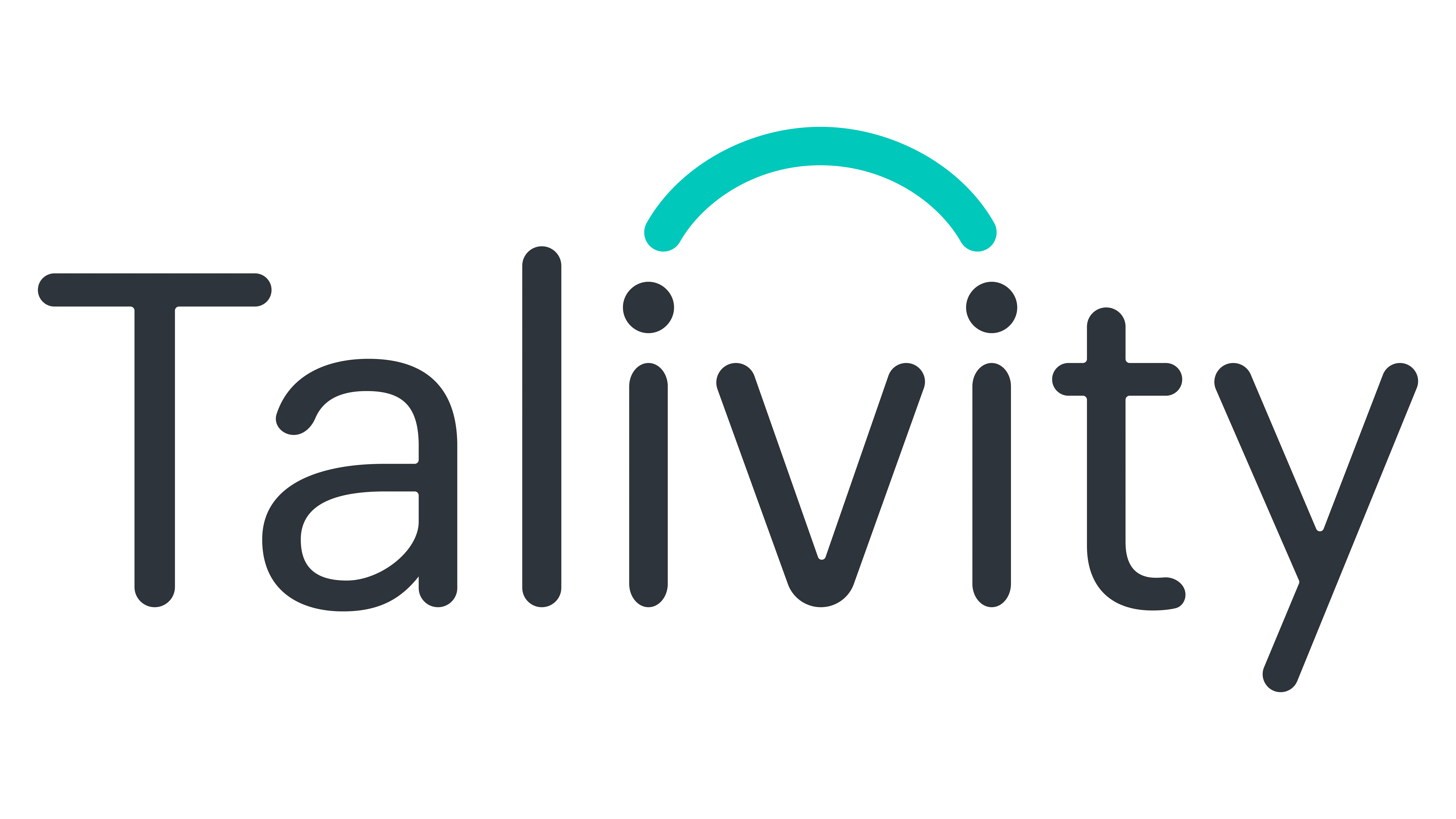Find the right solution for your business.
Explore SolutionsThis is the first article in a series about recruitment marketing lessons learned from TikTok. Want to make sure you don’t miss a thing? Subscribe to our newsletter here. It’s free!
Picture this: you’ve been at your job for about four months, and you’ve been doing pretty damn good work during that time. Feedback from your supervisor has been positive, you’ve established great rapport with your clients and overall you’re feeling like things are going well!
Then your coworkers start getting requests for 15-minute meetings with HR. Your work bestie’s meeting happens to be 30 minutes before yours, and she clues you in–people are getting laid off. And you now have approximately ten minutes before you’re on the chopping block.
That’s exactly what happened to TikTok user Brittany Pietsch. Brittany, quick thinker that she is, decided to record her experience and share it with her followers, and the now-viral video has garnered nearly 590,000 views. A difficult and emotionally charged discussion unfolded between Brittany and two individuals from the HR team.
This conversation at Cloudflare sheds light on the challenges of performance evaluations and terminations, especially when the reasons are not transparent or fully explained. It highlights the emotional impact on employees and the need for clear communication and empathy in such delicate situations.
Let’s explore their conversation and see what we can learn regarding the complexities of performance evaluations and the emotional impact of termination–and how you can do better.
What Happened?
Brittany could hardly believe her ears as the HR director on the video call informed her she was being let go. Though new to Cloudflare, she had hit the ground running—scoring contracts, receiving glowing reviews, putting in long hours. Where was all this coming from?
“I’m confused,” Brittany interjected, heat rising in her cheeks. “Can we back up and explain why this decision was made without even consulting my manager?”
The HR rep held firm, offering little but corporate platitudes about company standards. Brittany pushed back harder, recounting all she had accomplished in just four short months. But it was no use. No metrics or performance details were provided, leaving her stunned and reeling from whiplash.
As the call came to its conclusion, Brittany choked back tears. The hurt and betrayal cut deep. She grappled to make sense of it all, but the HR script offered only cold corporate sympathy. This was not the clarity or closure Brittany had sought.
What Should Have Happened?
Layoffs can be unexpected and often unsettling. The process, charged with emotion, requires not just a careful approach but a touch of humanity. This was missing in Brittany’s case. So, let’s explore some alternatives for employers and talent acquisition professionals in this awkward position, ensuring a journey that’s much smoother for all involved.
1. Clear Communication
Cloudflare should have provided clear, transparent reasons for the layoffs. Employees deserve to understand the factors leading to such decisions, whether they’re economic, organizational restructuring, or performance-related. Ambiguity only adds to the distress of the situation.
2. Advance Notice
Whenever possible, companies should give employees advance notice about layoffs. This gives individuals time to prepare, both emotionally and financially, for the transition ahead.
3. Consultation with Direct Managers
Decisions about layoffs should involve consultations with an employee’s direct manager, who is more familiar with the individual’s contributions and performance. This ensures that the decision is fair and considers all relevant aspects of the employee’s work.
4. Personalized Approach
The conversation should be tailored to the individual, acknowledging their contributions and offering a clear explanation tailored to their situation. Using generic corporate language can come across as insincere and uncaring.
5. Support Resources
Companies should provide support resources, such as career counseling, resume workshops, and outplacement services, to help affected employees transition to new opportunities.
6. Emotional Intelligence
The HR team should be trained to handle such conversations with empathy and emotional intelligence, recognizing the emotional impact of layoffs and responding with compassion.
7. Feedback Loop
There should be an opportunity for the affected employee to ask questions and receive answers. This could help provide closure and reduce feelings of injustice or confusion.
8. Privacy and Respect
Such meetings should be conducted in a private and respectful manner, ensuring confidentiality and minimizing the potential for additional stress or embarrassment.
By addressing these aspects, Cloudflare could have mitigated the negative impact on affected employees and preserved its reputation as an employer. Companies must remember that the way they handle layoffs not only affects those who are leaving but also has a lasting impact on the morale and engagement of remaining employees.
A few minor adjustments could have made the entire process much less painful–including conducting meaningful exit interviews, ensuring fair disciplinary hearings if necessary, preparing detailed termination letters and meetings, offering equitable severance packages, and managing the final goodbye with dignity. By adopting these practices, companies can navigate the delicate balance between organizational needs and employee respect, ultimately fostering a more positive and respectful workplace culture.
For a comprehensive list of the top talent acquisition tools, visit our marketplace now. Happy hiring!

